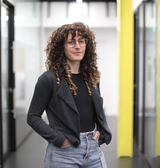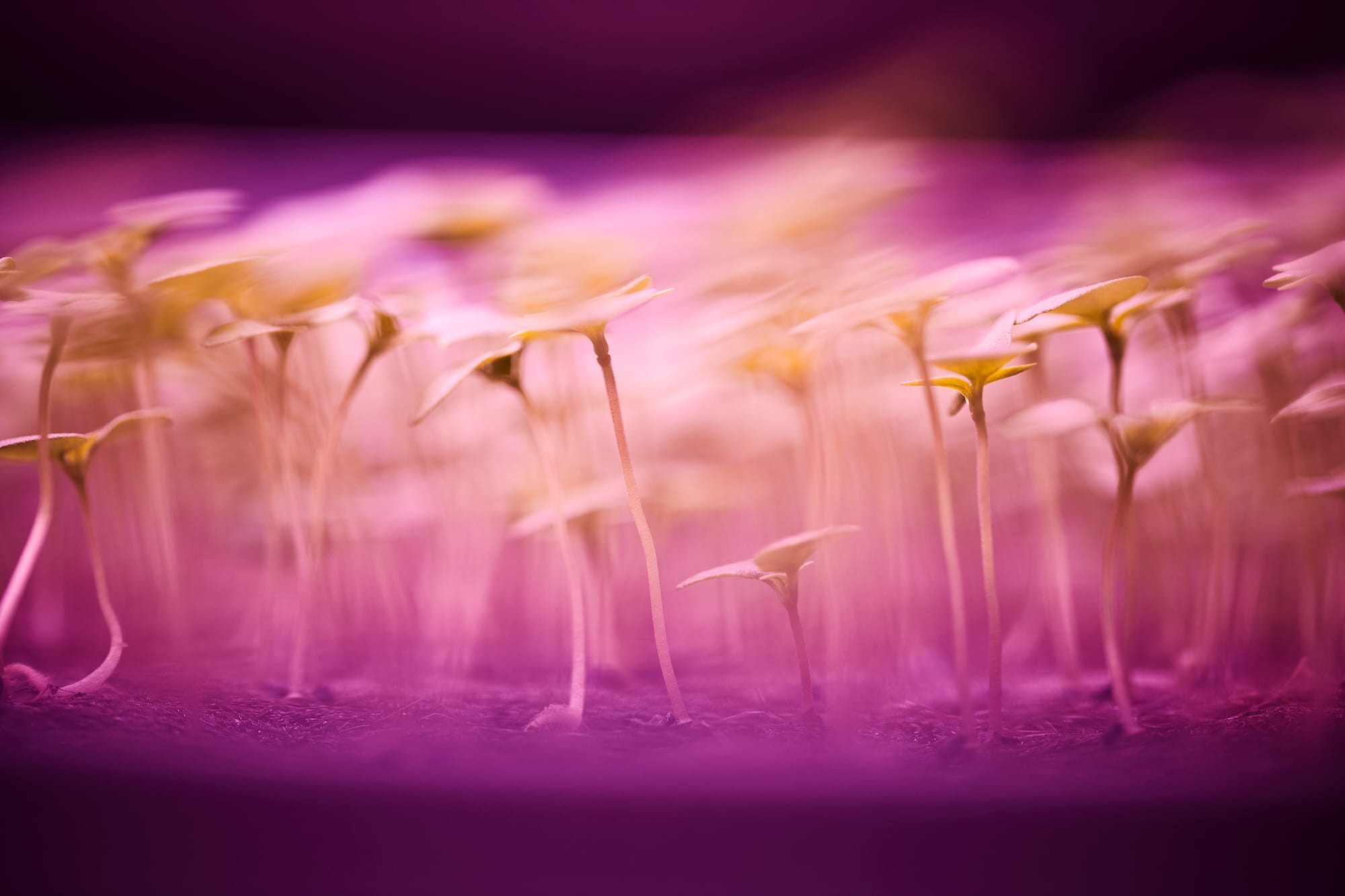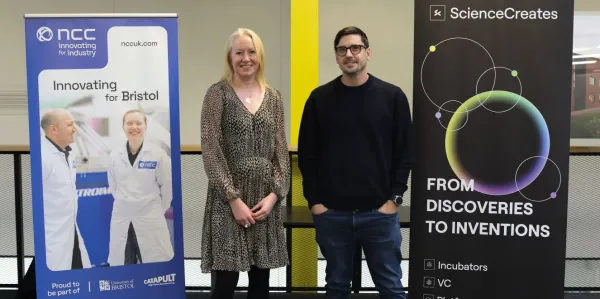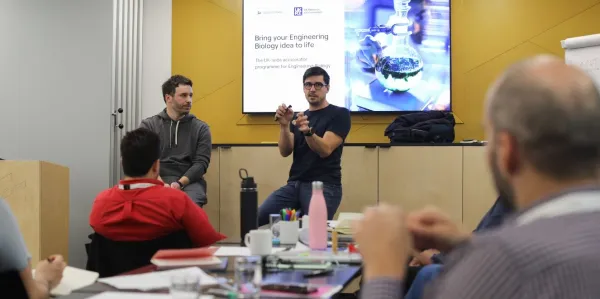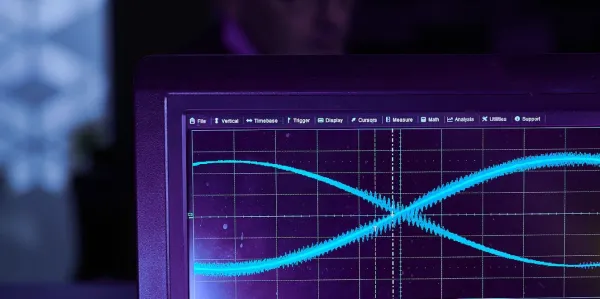When food systems fail
What do we do when the status quo just isn't cutting it? We need to think outside the box — and go inside the lab.
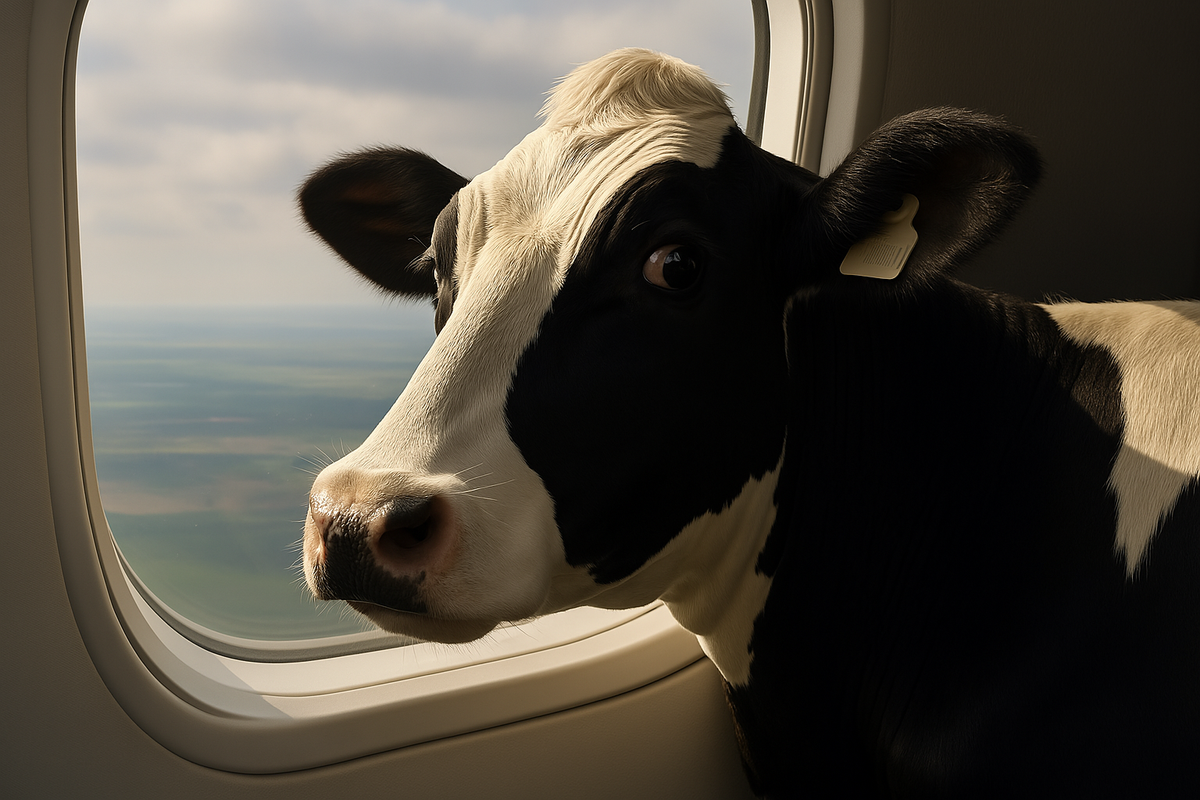
What do we do when the status quo just isn't cutting it? We need to think outside the box — and go inside the lab
By Nicky Jenner, Science Editor

In 2017, 165 Holstein dairy cows were packed onto a Qatar Airways cargo plane and flew from Germany to Doha, bringing an all-too-literal meaning to the term ‘cattle class’.
The cows landed and headed off to their new Qatari home: a purpose-built dairy farm where they were shortly joined by a few thousand more airlifted bovine compatriots. The cows were unwitting participants in Qatar’s efforts to circumvent embargoes placed on the country by Saudi Arabia and its other Gulf neighbours, from which Qatar imported around 80% of its dairy needs. With the embargoes firmly in place, Qatar didn’t have enough milk for its population, so it swiftly flew in an emergency cohort of milk producers.
Today, Qatar produces all the milk it needs in-country, and then some. The cows did the job! However, the situation only served to highlight Qatar’s heavy reliance on a fragile and unstable food system — one that could quickly fail if anything were to change.
Building vertical farms
“Our global food system emerged from the 1970s and ‘80s and is very, very linear”, agrees Jack Farmer, CoFounder and Chief Scientific Officer of LettUs Grow, an aeroponic farming company based in Bristol. Jack is quick to emphasise the simplistic, and hugely wasteful, ‘grow it, ship it, waste it’ nature of our global food chain — one that applies far more widely than just in Qatar.
“You grow everything where it grows well, ship it to the consumer, they eat it and they waste loads of it. The inherent assumption is that nothing major will ever go wrong. It’s not at all resilient, and global instability such as a conflict, climate crisis or political shift can cause it all to fall over.”
A plant biologist by trade, Jack is passionate about creating a more sustainable, circular system that puts power back into the hands of producers. We need to produce food in a more localised, transparent, controllable way, he says. “The food system of the future must be more local to where people are actually consuming the food, and for this to work we need to develop technology and practices that work in environments that are limited by things like water or temperature. Controlled-environment agriculture works really well here.”
The global aeroponics market is booming, and expected to grow in value by around 20% annually in the next few years as we increasingly favour fertiliser- and pesticide-free food.
LettUs Grow is one of a growing number of companies worldwide focusing on aeroponics, a futuristic system that suspends plant roots in air and bathes them in a nutrient-dense mist of water. This mist is produced by firing sound waves at water, causing ripples that throw droplets up into the air like a wave breaking at sea. LettUs Grow’s greenhouses are filled with tray upon tray of delicate leafy greens bathed in sunlight. Viewed from beneath, the perforated trays reveal gnarly, finger-like root systems, all naked of soil and cloaked in mist.
Aeroponics delivers win upon win: it can use less water, reducing the environmental impact of cultivating crops; and plant roots can be fed precisely controlled amounts of water and nutrients while not being waterlogged, improving yield. The reduction in water is especially important, says Jack, and may even be the difference between parts of our planet remaining populated or not. Many regions are becoming starved of water, causing them to either import large quantities of food — via long, complex and unstable supply chains — or to make inefficient use of the limited water they have — a strategy that has a short shelf life.
“Most equatorial regions are growing produce using groundwater. It’s just not sustainable or feasible for the next 50 years, as they’ll deplete their reserves and run out”, says Jack. “As rain patterns change with our climate, people are going to have to start making serious choices about whether they adopt agricultural practices that use less water, or migrate out of those areas completely. There’ll be a laser focus on which food products use the most water… and it’s no surprise that the one where you just spray loads of water on the ground is the most waterintensive. A system where you use and recycle water more efficiently is really the only way forward.”
While controlled-environment agriculture uses more electricity to cultivate a crop than traditional farming methods, it also requires far less fertiliser and no diesel —something that will prove more favourable to the environment in most cases, says Jack, as our energy grid shifts away from fossil fuels and towards renewable sources.
From farm to fork
The elephant in the room here is animal agriculture: an industry with a colossal water footprint. Around one-quarter of the freshwater we use globally each year goes straight to producing meat and dairy via factory farming. The industry is notorious for both using water unsustainably and being a leading polluter of our water systems, and is at high risk from water-related issues like flooding and drought. Water is used at every step of the animal-rearing process — from growing and producing feed to actually feeding and hydrating animals, cleaning their facilities and, eventually, their slaughter. A single slaughterhouse can use millions of gallons of water every single day.
While aeroponics systems can minimise the water needed to take a plant from farm to fork, a less water-intensive future for factory farming looks like an even greater paradigm shift: it looks like not rearing animals at all.
“Ultimately, we have 2 billion more people to feed in the next 30 years, and as a global population we’re consuming more meat, not less”, says Will Milligan. Will is Founder and CEO of Extracellular, a Bristol-based research, development and manufacturing company of cell-based products — including cultivated meat.
“We’d need to rear twice as many animals as we do today to feed that growing population given the amount of meat we consume, but we simply don’t have the land or resources. As meat is societally and culturally embedded in our food system, alternatives just aren’t cutting it — we need to come up with better alternatives for the real thing. To meet demand, we need better, more efficient, novel ways of producing real meat.”
The European Space Agency is looking at growing meat in space, possibly in Earth orbit or on long-haul trips to Mars. You can't take an animal with you, but you could take their cells.
Cultivated meat is a hugely promising way to do just this. Instead of leading animals to an abattoir, meat could be grown cleanly and without cruelty in a kind of meat microbrewery. A single small cell sample is taken from a living animal, given everything it needs to grow in a big tank, and can go on to produce the equivalent of hundreds of meat products — all thanks to a single animal. Rather than being a pipe dream, cultivated meat is already on sale in the US and Singapore, and was served to global leaders at 2022’s COP27 conference in Egypt.
Creating meat products in this way drastically cuts carbon emissions; reduces land, water and energy use; and could enable countries across the world to be more self-sufficient in their food production (without the need for emergency cows). “Countries that don’t have the traditional basis for raising animals — maybe they don’t have the rolling green hills of the UK, for instance — may be able to feed their populations more effectively and securely with this technology”, adds Will. “That’s a really exciting prospect for me.
“In short, when we look at the future of our food system, it’s all about feeding the planet more sustainably: feeding more with less. Cultivated meat is really the key solution to eating meat in a sustainable way. Who knows — in 20 or 30 years’ time, it might be seen as crazy that we used to kill animals for food, in the same way that the idea of smoking in a pub right now is a foreign concept. Just 20 years ago, you’d walk into a smoky haze.”
Continue reading Gravitate - The Deep Tech Founder Magazine

